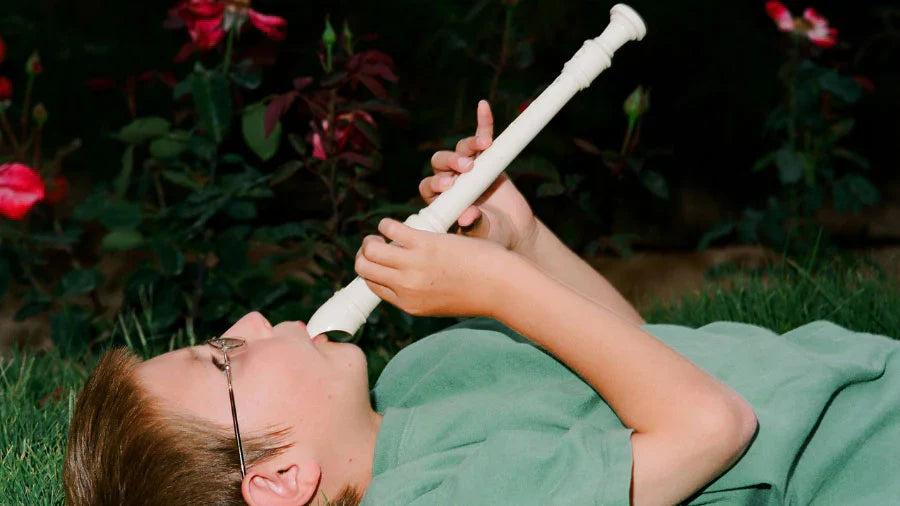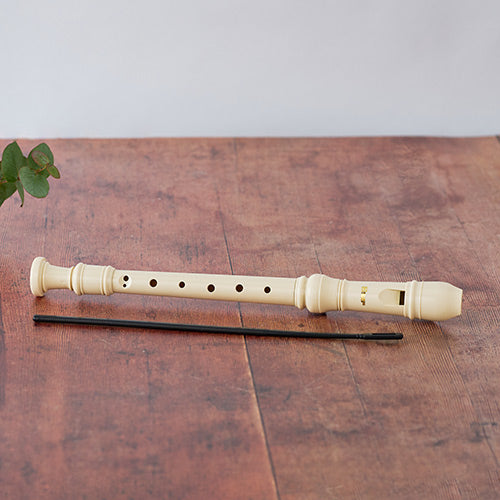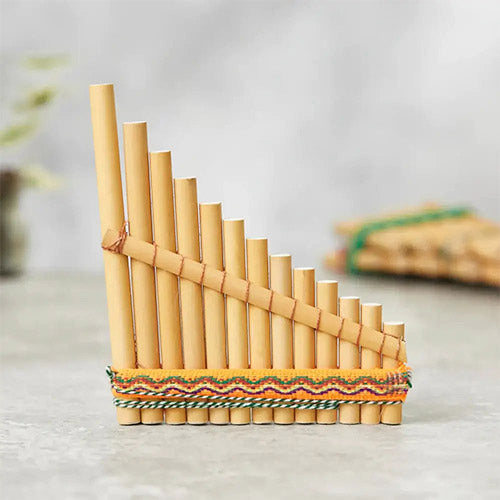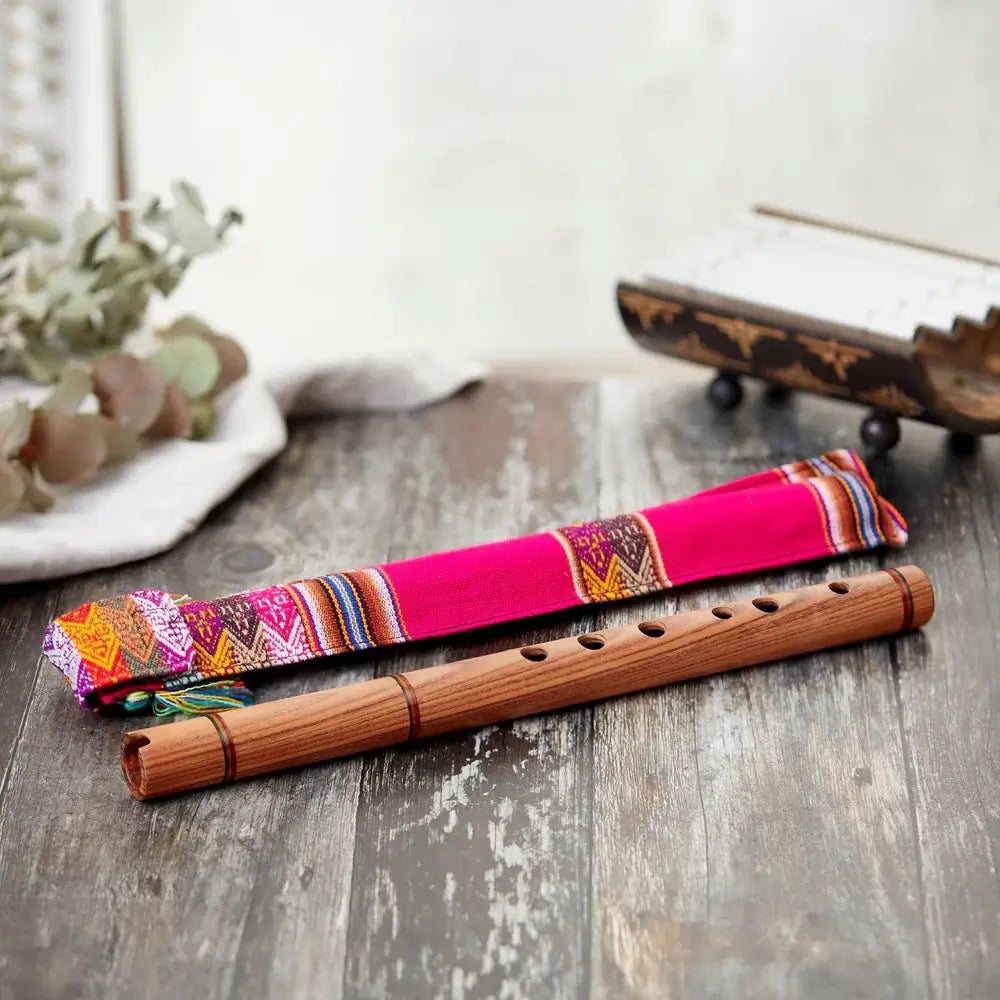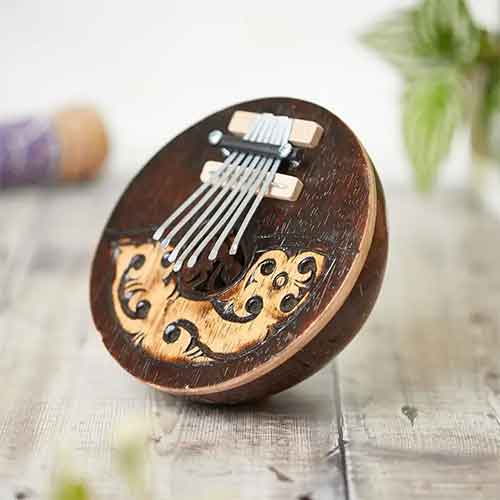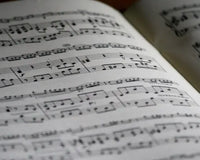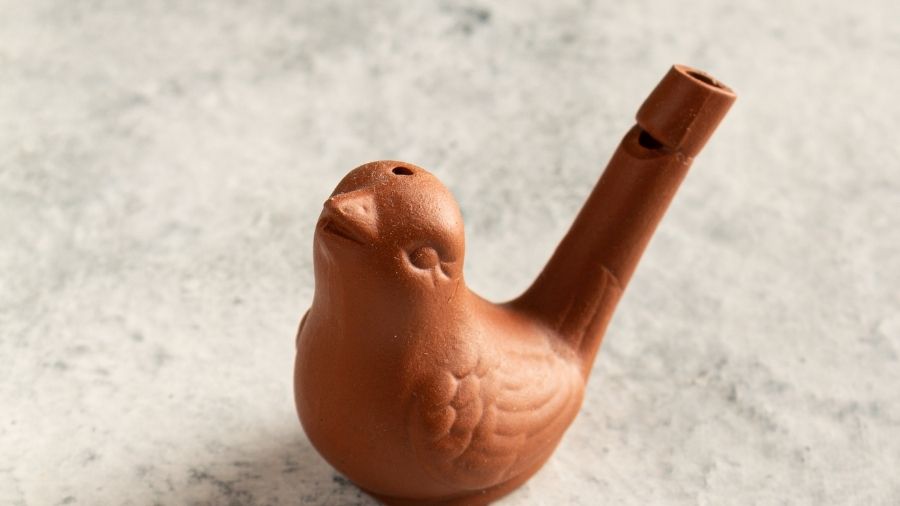The recorder is a woodwind instrument characterized by its cylindrical shape, finger holes, and distinct mouthpiece with a fipple or "block" that directs the player's breath into a narrow airway. It typically features a range of about two octaves and is known for its clear, flute-like sound. Historically, the recorder has been used in various musical genres, from medieval and Renaissance music to contemporary compositions. Its straightforward design and ease of play make it a popular choice for beginners and music educators, often used as an introductory instrument for learning music theory and basic instrumental techniques.
History of the Recorder

The recorder, a woodwind instrument with humble origins in medieval Europe, has a remarkable history. Its earliest predecessors were simple flutes crafted from natural materials like hollowed-out branches or animal bones. However, through the centuries, the recorder underwent a transformative journey, with craftsmanship and design advancements leading to its development as the instrument we know and love today. By the Renaissance era, the recorder had become a staple of European music, cherished for its sweet tone and versatility.
Origin of the Recorder
The recorder's origins can be traced to medieval Europe, where it evolved from earlier types of simple flutes. These early instruments were gradually refined and developed into the recorder we recognize today. The recorder's design and construction underwent significant advancements over the centuries, contributing to its popularity and widespread use in various musical contexts.
Uses of the Recorder

The recorder has proven to be a versatile and adaptable instrument, serving diverse musical purposes throughout its history. During the Renaissance and Baroque periods, it was a favoured instrument in secular and sacred music, appearing in chamber groups, orchestras, and solo performances.
Despite declining popularity in the classical music scene during the 18th century, the recorder found a new lease of life in the 20th century, particularly in music education. Today, the recorder remains widely used in schools and educational settings, serving as an accessible and versatile instrument for teaching children music fundamentals. Its adaptability is further demonstrated by a dedicated community of musicians and professional players who continue exploring the recorder's repertoire, from early music to contemporary compositions.
How to Play the Recorder for Beginners
To get started with the recorder, begin by assembling it, attaching the head joint to the body and ensuring the fipple (mouthpiece) faces upwards. For hand positioning, hold the recorder with both hands, placing your left hand on the top half and your right hand on the bottom half. Your left thumb should cover the back hole, and your left index finger covers the first hole on the front, while your right thumb covers the bottom hole, and your right index, middle, and ring fingers cover the remaining three front holes.
Practice blowing gently into the mouthpiece to produce a clear, steady sound, experimenting with breath control for a consistent tone. Learn the basic fingerings starting with the note "C" (all holes covered), then progress up and down the scale by uncovering the necessary holes for each note. Regular practice with scales, starting with the C major scale, will improve finger coordination and technique. As you gain confidence, try playing simple songs like nursery rhymes and folk tunes, which are perfect for beginners due to their straightforward melodies.
- "Hot Cross Buns"
- "Mary Had a Little Lamb"
- "Twinkle, Twinkle, Little Star"
- "Row, Row, Row Your Boat"
- "London Bridge Is Falling"
- "Ode to Joy" (from Beethoven's Symphony No. 9)
- "Aura Lee" (also known as "Love Me Tender")
- "When the Saints Go Marching In"
- "Yankee Doodle"
- "Old MacDonald Had a Farm"
Where to Buy a Recorder?
The Recorder is an affordable and versatile instrument suitable for beginners, offering an enjoyable way to learn music and develop basic musical skills.
Discover our collection of recorders here.
Recorder - Frequently Asked Questions
What is the difference of a Recorder from a Flute?
The recorder and the flute are both wind instruments, but they differ in several key aspects. The recorder is typically made of wood or plastic with a whistle mouthpiece, while the flute is made of metal and has a lip plate for blowing across. Sound production differs as well; the recorder produces sound by blowing into a narrow mouthpiece and covering finger holes, while the flute creates sound through blowing across the lip plate to create vibrations inside the instrument.
Recorders have a limited range, usually spanning about two octaves, while flutes have a wider range, spanning three octaves or more. Playing techniques also vary; the recorder requires covering or uncovering finger holes and adjusting breath pressure, while the flute relies on embouchure to control breath angle and force. Additionally, the sound quality of recorders tends to be softer and mellower compared to the brighter, more piercing sound of flutes.
What are the best songs to play on a recorder for beginners?
For beginners learning to play the recorder, starting with simple melodies is recommended. These melodies typically have a limited range and straightforward rhythms, making them accessible for practicing basic techniques. Popular and relatively easy songs to begin with include "Hot Cross Buns," "Mary Had a Little Lamb," "Twinkle, Twinkle, Little Star," "Ode to Joy," "Au Clair de la Lune," "When the Saints Go Marching In," "Merrily We Roll Along," "Old MacDonald Had a Farm," "Jingle Bells," and "London Bridge Is Falling Down." These songs offer opportunities to practice fingering, breath control, and rhythm while gradually building skills and confidence on the instrument.
What are the 5 types of recorders?
Modern recorders are crafted based on historical models preserved in museums, taking into account dimensions, materials, and pitch as indicated by historical evidence. Available in various sizes, the main types include the sopranino, descant (soprano), treble (alto), tenor, and bass.
Is the recorder an easy instrument?
The recorder is often considered a relatively easy instrument for beginners to learn. Its simple fingering system and straightforward technique make it accessible even to young children or those with little musical experience. Additionally, many introductory music programs in schools use the recorder as a starting point for learning musical fundamentals. However, like any instrument, proficiency and mastery require practice and dedication over time.
How do I maintain my recorder?
To maintain your recorder and preserve its performance quality, regular cleaning and proper care are essential. After each use, gently clean the interior with a swab and cloth to remove moisture and debris, and wipe down the exterior to remove finger oils and dirt. Keep the recorder away from moisture and humidity, storing it in a dry environment when not in use.
Be cautious when assembling and disassembling multiple joints to prevent damage, and use cork grease if needed. Store the recorder in a protective case or pouch to prevent dust accumulation and protect it from damage. If any issues arise, seek professional maintenance to address them promptly. With consistent care and attention, your recorder will remain in excellent condition and provide enjoyment for years to come.

